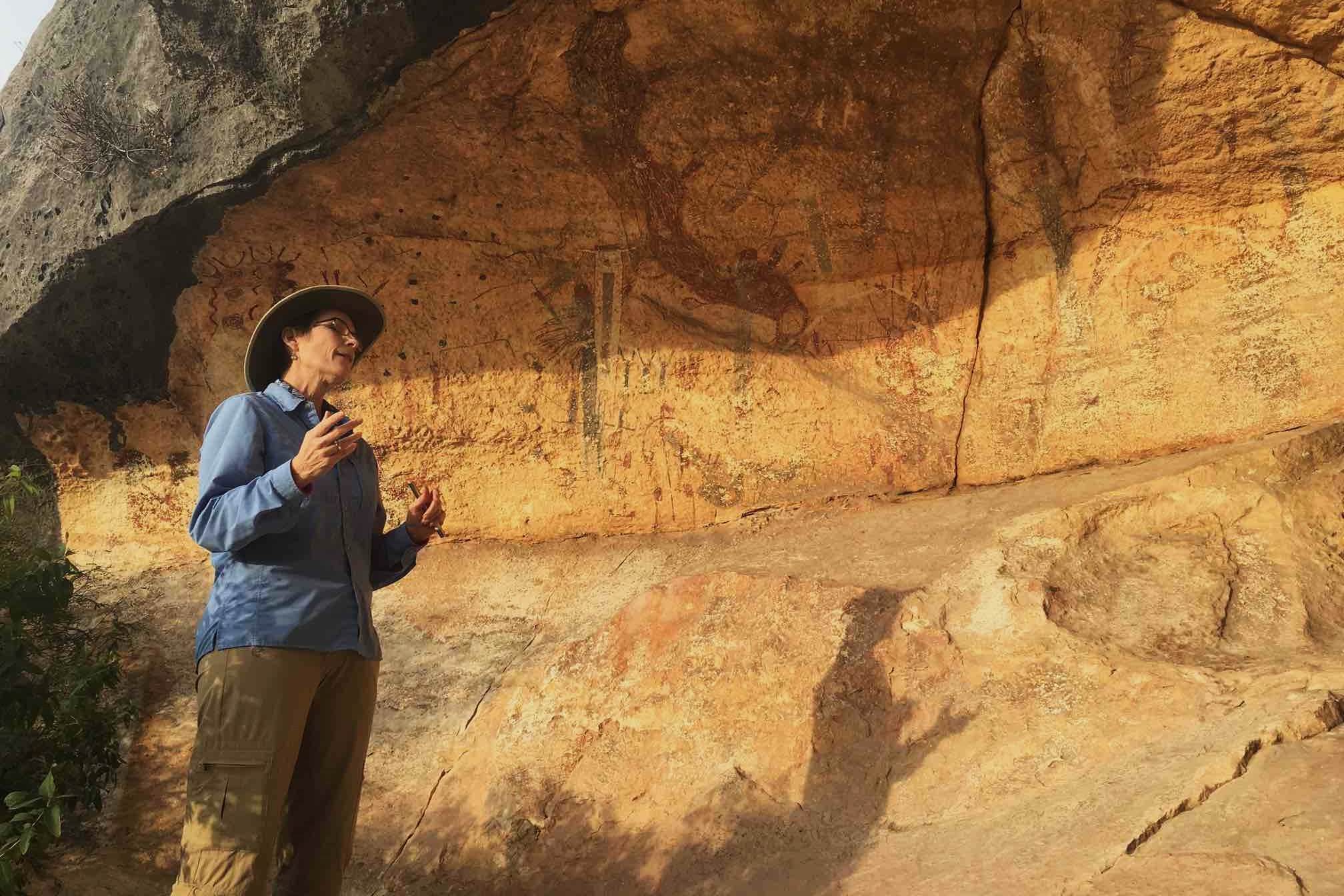Hidden Cave Art Of Texas’ Lower Pecos

Have you ever thought about the ancient stories told through cave art? In Texas' Lower Pecos region, hidden treasures await those curious enough to look. This area is home to some of the oldest and most intricate rock paintings in North America. These artworks, created thousands of years ago by Native American tribes, offer a glimpse into the past. The vibrant colors and detailed images tell tales of daily life, spiritual beliefs, and the environment. Visiting these sites is like stepping back in time, where each painting holds a secret waiting to be uncovered. Whether you're a history buff or just love a good adventure, the Lower Pecos promises an unforgettable experience. So, pack your bags and get ready to explore the wonders of ancient art in the heart of Texas.
Discovering the Hidden Cave Art of Texas' Lower Pecos
Texas' Lower Pecos region is home to some of the most fascinating and ancient cave art in North America. These artworks, etched and painted on rock walls, offer a glimpse into the lives and beliefs of the people who lived here thousands of years ago. Let's explore some of these incredible sites.
Ancient Art at White Shaman Preserve
The White Shaman Preserve is a treasure trove of prehistoric art. This site is renowned for its intricate and colorful murals that tell stories of ancient rituals and myths.
- White Shaman Mural: This mural is a masterpiece of ancient storytelling. It features a complex narrative that researchers believe depicts a creation myth. The vibrant colors and detailed figures make it a must-see.
Mysteries of Fate Bell Shelter
Fate Bell Shelter, located in Seminole Canyon State Park, is another significant site. The shelter's walls are adorned with paintings that date back thousands of years, offering a window into the past.
- Fate Bell Pictographs: These pictographs are some of the oldest in North America. They include images of animals, humans, and mysterious symbols that continue to intrigue archaeologists.
The Enigmatic Panther Cave
Panther Cave, accessible only by boat, is a hidden gem along the Rio Grande. Its remote location adds to the allure of the ancient art found here.
- Panther Cave Art: The cave is named after a prominent panther figure painted on its walls. This site features numerous other figures and symbols, each with its own story to tell.
Pecos River Style at Rattlesnake Canyon
Rattlesnake Canyon is home to some of the most iconic examples of Pecos River Style art. These paintings are characterized by their bold lines and dynamic figures.
- Rattlesnake Canyon Paintings: The art here includes depictions of shamans, animals, and abstract designs. The bold style and vivid colors make it a standout site.
The Intriguing Curly Tail Panther Shelter
Curly Tail Panther Shelter is a lesser-known site that offers a unique glimpse into the past. Its art is both mysterious and captivating.
- Curly Tail Panther Art: This site features a distinctive panther figure with a curly tail, along with other intriguing symbols. The art here is thought to have spiritual significance.
Exploring the Pecos River Rock Art
The Pecos River area is rich with rock art sites, each offering its own unique insights into ancient cultures.
- Pecos River Art Sites: These sites include a variety of pictographs and petroglyphs, showcasing the diversity of artistic expression in the region. Each site tells a different story, adding to the tapestry of history found in the Lower Pecos.
Discovering Ancient Stories
The hidden cave art of Texas' Lower Pecos offers a unique glimpse into the lives of ancient peoples. These rock paintings, some over 4,000 years old, tell stories of daily life, spiritual beliefs, and the environment. Exploring these sites, like White Shaman and Panther Cave, reveals the creativity and skill of the artists. The vibrant colors and intricate designs show a deep connection to the land and its resources. Visiting these sites is not just about seeing art; it's about connecting with history and understanding the cultural significance of these works. Preservation efforts are crucial to protect these treasures for future generations. By respecting and learning from these ancient stories, we gain insight into the past and a greater appreciation for the rich heritage of the Lower Pecos region. This journey into history leaves a lasting impression, sparking curiosity and wonder.

